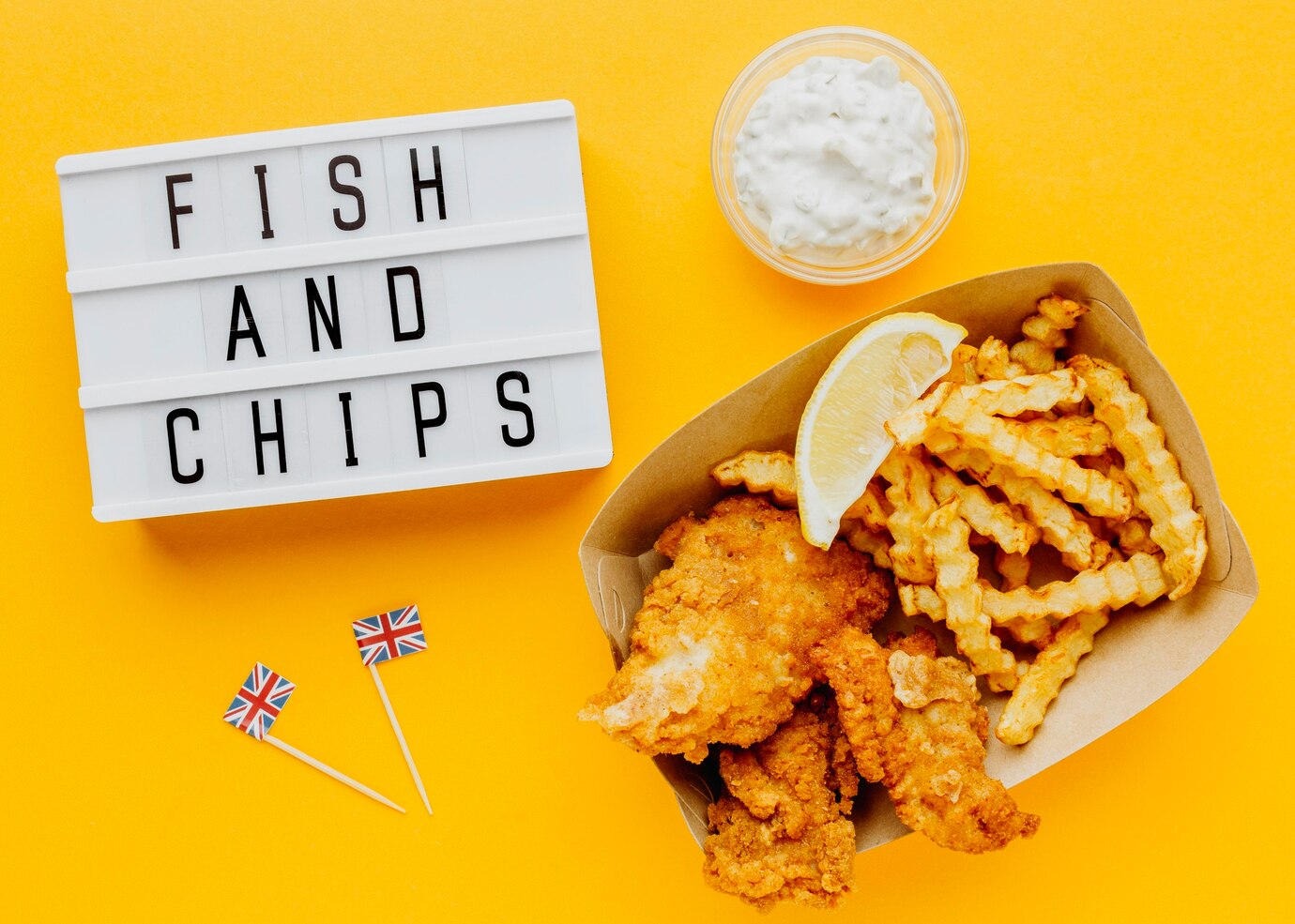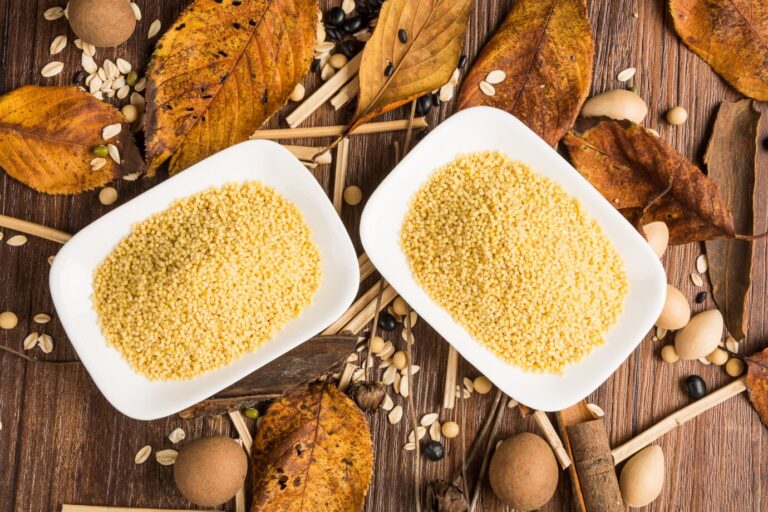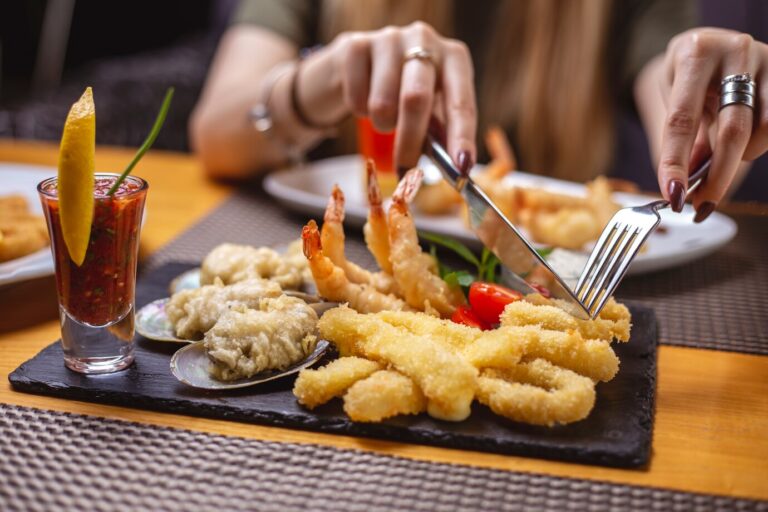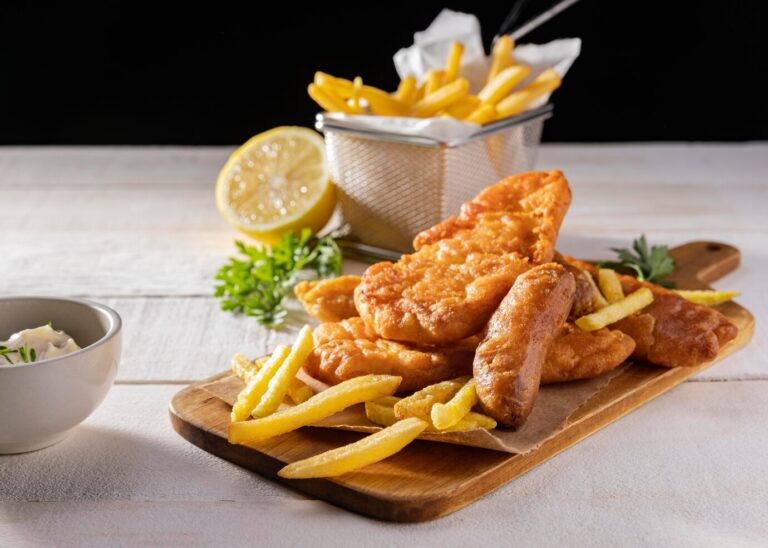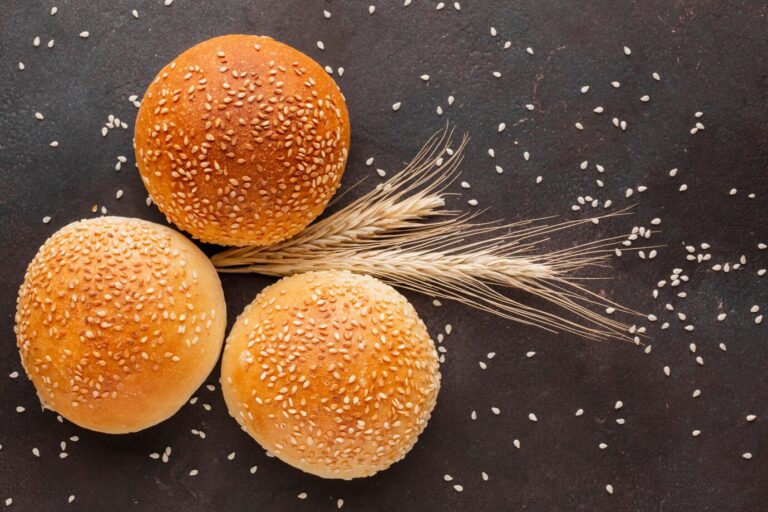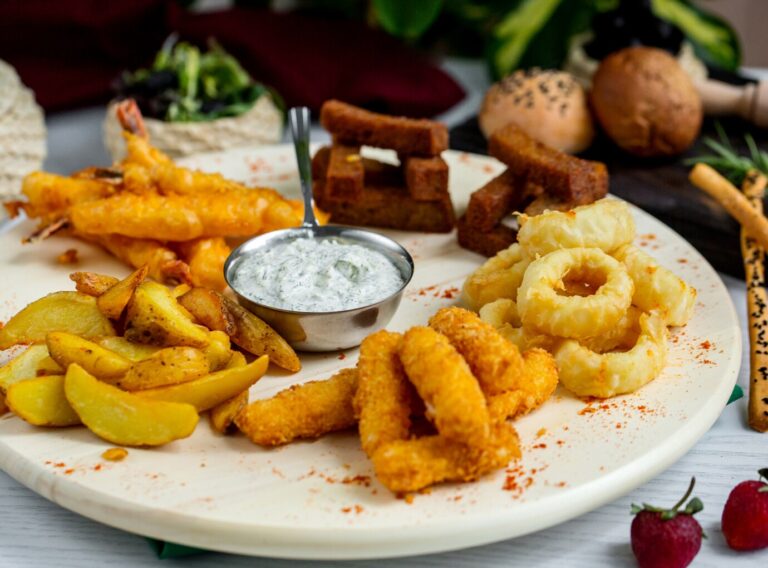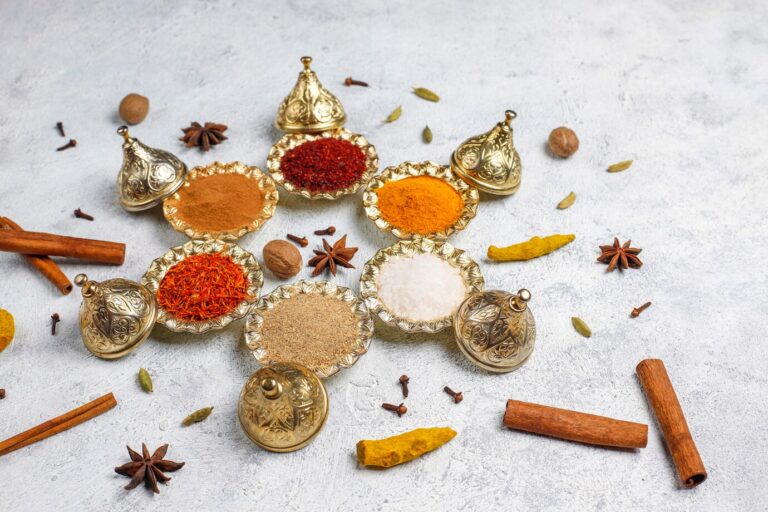Nutrition of Fish and Chips: 5 Shocking Facts to Know
Ever wondered if your favorite crispy fish and chips are as healthy as they taste?
You might think it’s just a greasy treat, but the nutrition of fish and chips holds a few surprises—some good, some not-so-good! In this post, we’ll reveal 5 facts that might just change how you see this classic dish.
Whether you love to eat it at the beach or whip it up at home, you’ll find out how to make it better, lighter, and even a little healthier. Let’s dive in!
What Makes This Recipe Special?
Fish and chips are a beloved comfort food that many people enjoy. But when it comes to nutrition, there’s more than meets the eye.
- Prep Time: 20 minutes
- Cook Time: 25 minutes
- Difficulty Level: Easy
- Why It’s Special:
- Crispy on the outside, soft on the inside
- High in protein and customizable
- Can be made healthier with a few easy swaps
This dish can be both delicious and nutritious—if you know how to prepare it right.
Essential Ingredients
Here’s what you’ll need for a basic fish and chips recipe, and why each one matters:
Fish (Cod, Haddock, or Tilapia)
- High in lean protein
- Rich in omega-3 fatty acids (good for the heart!)
- Substitution: Salmon for extra omega-3s or tofu for a vegetarian twist
Potatoes (Russet or Yukon Gold)
- Main source of carbs
- Baked or air-fried to reduce fat
- Substitution: Sweet potatoes for added fiber and vitamins
Flour and Cornstarch
- Used for a crispy fish coating
- Tip: Mix both for a light, crunchy texture
Egg or Beer Batter
- Helps the coating stick and adds flavor
- Variation: Use sparkling water for a lighter batter
Oil for Frying (Canola or Sunflower)
- Neutral taste, high smoke point
- Healthier Option: Bake or air-fry to use less oil
Seasonings (Salt, Pepper, Paprika, Garlic Powder)
- Brings out flavor without extra calories
Step-by-Step Instructions
Follow these easy steps to make fish and chips at home:
1: Prep the Potatoes
- Wash and peel (optional) the potatoes
- Cut into thick strips for that classic look
- Soak in cold water for 20 minutes to remove excess starch (helps make them crispier)
2: Prep the Fish
- Pat the fish dry with paper towels
- Season with salt, pepper, and optional paprika
- Set aside
3: Make the Batter
- Mix 1 cup flour, 1/2 cup cornstarch, 1 tsp baking powder
- Add 1 cup cold beer (or sparkling water) until smooth
- Chill the batter for 10 minutes
4: Cook the Fries
- Preheat oven or air fryer to 425°F (220°C)
- Toss the potatoes with a little oil and bake for 25 minutes
- Flip halfway for even crisping
5: Fry the Fish
- Heat oil to 350°F (175°C) in a deep pan
- Dip each fish fillet into the batter, then into the hot oil
- Fry for 4–5 minutes per side or until golden brown
- Drain on paper towels
Assembly and Presentation Tips
- Place fries on a plate or wooden board
- Lay crispy fish fillet on top
- Add a lemon wedge and a small bowl of tartar sauce or Greek yogurt dip
- Sprinkle with fresh parsley for a pop of color
- Want it authentic? Wrap it all in parchment paper like they do in the UK!
Storage and Preparation Tips
- Storing Leftovers:
- Keep in an airtight container in the fridge for up to 2 days
- Separate the fish and chips to prevent sogginess
- Reheating:
- Bake at 375°F (190°C) for 10 minutes for crispy results
- Avoid microwaving—it makes everything soft
- Make-Ahead Tip:
- Cut and soak the potatoes in advance
- Prepare the batter and keep it chilled until ready
Recipe Variations
Want to switch things up? Try these fun twists:
- Fish Tacos: Use battered fish in soft tortillas with slaw
- Panko-Crusted Fish: Use panko breadcrumbs for extra crunch
- Vegan Version: Replace fish with banana blossom or tofu
- Spicy Chips: Toss fries with chili powder or Cajun seasoning
- Low-Carb Swap: Use cauliflower florets instead of potatoes
5 Shocking Nutrition Facts About Fish and Chips
1. It’s Not All Bad—Fish Is Packed With Protein
Even though it’s fried, the fish still gives you lean protein that helps build muscles and keeps you full.
2. The Type of Oil Matters
Deep-frying in trans fat–rich oils can raise cholesterol. Use healthier oils like canola or avocado oil to reduce this risk.
3. Calories Can Add Up Fast
A large fish and chips meal can easily have over 1,000 calories. That’s half your daily needs! Baking or air-frying helps cut this in half.
4. It Can Be High in Sodium
Salt in the batter, fries, and sauces adds up. Use herbs and lemon juice instead to bring flavor without the salt overload.
5. You Can Make It Healthier at Home
Controlling portion size, cooking methods, and ingredients lets you enjoy the nutrition of fish and chips without the guilt.
Conclusion
Fish and chips don’t have to be a guilty pleasure. With a few smart swaps, you can enjoy the comfort of this classic dish while keeping an eye on your health.
Try it baked, add sweet potatoes, or go light with the batter. You’re in control—and that’s the best part. So go ahead and enjoy every crispy, tasty bite!
Frequently Asked Questions
Is fish and chips healthy?
It can be! Baked or air-fried versions are much healthier. Stick with lean fish and limit the added salt.
What is the best fish for fish and chips?
Cod and haddock are classic, but tilapia and even salmon work great too.
How can I lower the fat content?
Bake instead of fry, or use an air fryer. Choose light batters or crusts, and drain well after cooking.
Can I make fish and chips gluten-free?
Yes! Use gluten-free flour and baking powder in your batter.
How long does it stay fresh?
Best enjoyed fresh, but leftovers can last 1–2 days in the fridge. Reheat in the oven for best results

